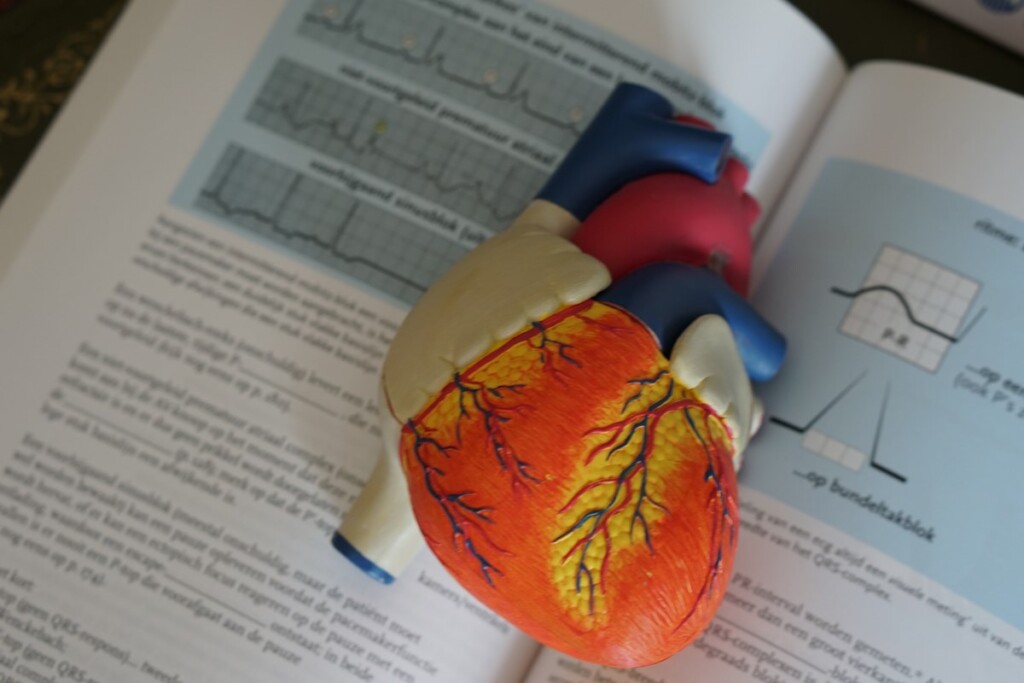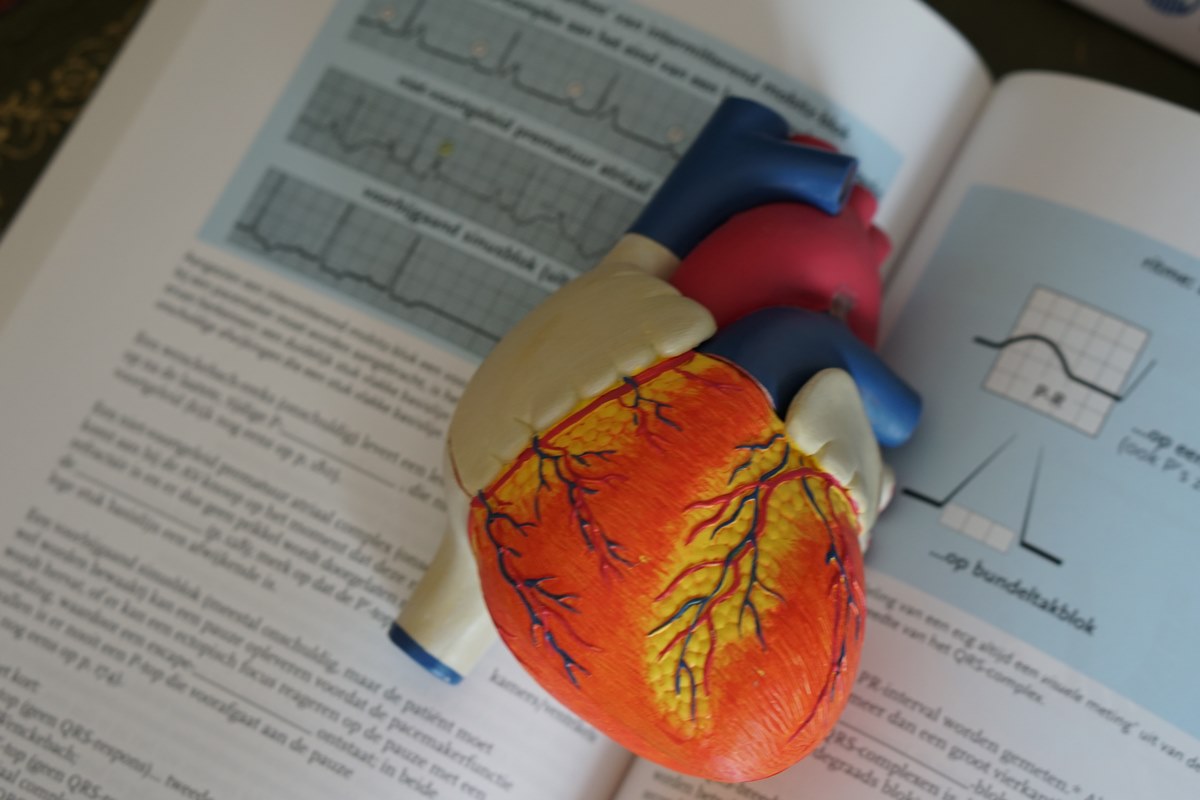
By generating electrical energy from the heartbeat, a new pacemaker developed by scientists in Seattle was able to partially recharge itself.
Although the beat only generated 10% of the energy needed for the next heartbeat, the researchers hope that their breakthrough will become the standard, since changing a battery in a wireless pacemaker requires heart surgery, convincing most people to just implant a second one.
The new device is much smaller than a traditional pacemaker due to its wireless nature, measuring about one-third the size of a AAA battery and residing entirely in the heart’s right ventricle.
“We hope to prolong battery life further and expand access of this product to younger patients, who would hopefully require fewer implants over their lifetime,” said Dr. Babak Nazer of the University of Washington in Seattle, who led the paper demonstrating his team’s new invention.
“When we can improve upon our 10 percent harvesting efficiency, we hope to partner with one of the major pacemaker companies to incorporate our design and housing into an existing leadless pacemaker,” he added.
By converting mechanical energy into electrical energy, the experimental wireless pacemaker housing is able to partially recharge its battery—the same technology used in some experimental electricity-generating roads.
“Just like ultrasound converts electrical voltage into pressure or sound, we can engineer similar materials onto implantable medical devices to convert the heart’s natural oscillating pressures ‘backward’ into voltage to prolong battery life,” Dr. Nazer added.
Up until this point, wireless pacemakers have been impractical, as it is difficult to replace the battery, often leading to patients just having another one put in next to it.
MORE CLEVER MEDICAL TECH: Ultrasound Scanners Inside of a Bra Could Detect Breast Cancer Earlier, and Between Screenings
Traditional pacemakers have tiny wires that connect the heart the a generator and battery, just under the skin of the left shoulder. A typical battery in both traditional and wireless pacemakers lasts 6 to 15 years.
MORE CLEVER MEDICAL TECH: Scientists Use Novel Ink With Calcium to 3D-Print ‘Bone’ With Living Cells
As Nazer pointed out, younger patients with heart complications may require multiple pacemakers throughout their lives, making all options impractical for different reasons.
Part of his and his team’s next step will be to design long-term trials with real humans to make sure the device works properly. All the while they hope to increase the recharge rate for the battery. If 10% could become 20 to 30%, it could increase the functional life of the pacemaker by a not insignificant number of years.
SHARE This Pacemaker-Positive News Story On Social Media…




















